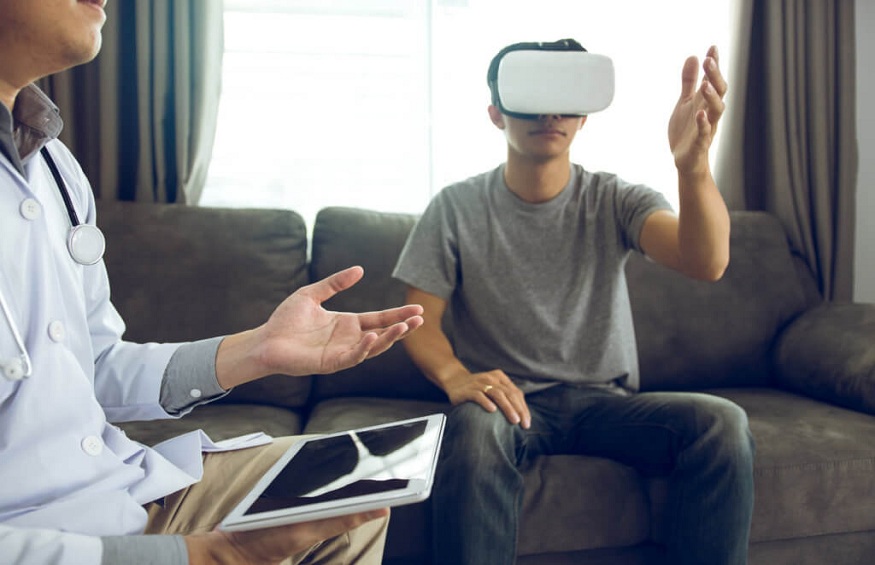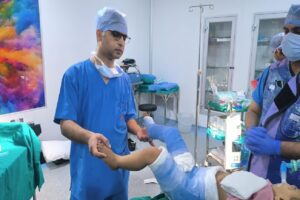The Use of Virtual Reality in Physical Rehabilitation

Virtual Reality (VR) has become a prominent part of our lives, from gaming and entertainment to education and training. But, one of its most exciting applications lies within the medical field, specifically in physical rehabilitation. As a rapidly emerging rehabilitation tool, VR offers patients a new and innovative way to overcome physical challenges.
In this blog post, we will explore the transformative role of VR in physical rehabilitation.
Understanding Virtual Reality in Rehabilitation
VR in physical rehabilitation involves the use of computer technology to create a simulated, three-dimensional world that users can interact with in real-time. During a VR therapy session, patients wear a headset that immerses them in a virtual environment. They can manipulate objects, perform tasks, or navigate through this environment, allowing therapists to expose patients to different scenarios aimed at their rehabilitation goals.
Benefits of Virtual Reality in Physical Rehabilitation
The use of VR in physical rehabilitation offers several unique advantages:
Motivation through Gaming
One significant benefit of VR is its ability to transform physical therapy into a more game-like experience. VR games can make repetitive physical exercises more engaging and entertaining, motivating patients to stick with their rehabilitation programs.
Real-time Feedback
VR provides real-time feedback, allowing patients and therapists to monitor progress instantly. This feature helps keep patients motivated, as they can see their progress and improvement. Therapists can also use this feedback to adjust treatment plans accordingly.
Safe and Controlled Environment
VR provides a safe and controlled environment for patients to work on their physical skills. This aspect is particularly valuable for patients who need to regain confidence in performing certain tasks, like walking after a stroke.
Personalized Therapy
Every patient’s rehabilitation needs are different. VR allows for personalized therapy sessions, where exercises can be tailored to each individual’s capabilities and rehabilitation goals.
Use Cases of Virtual Reality in Physical Rehabilitation
Here are some examples of how VR is being used in physical rehabilitation:
Stroke Rehabilitation
Stroke often results in motor deficits, and VR has shown great promise in stroke rehabilitation. Through VR therapy, stroke survivors can practice real-life activities in a virtual setting, which can help improve motor function and speed up recovery.
Balance Disorders
VR can also help individuals who suffer from balance disorders. Through various VR exercises that challenge a patient’s balance in a safe, controlled environment, individuals can improve their balance and stability over time.
Pain Management
There’s emerging evidence that VR can play a role in pain management. By immersing patients in a calming, virtual environment, VR can act as a form of distraction therapy, helping patients manage chronic pain or discomfort during rehabilitation exercises.
Spinal Cord Injury Rehabilitation
VR offers spinal cord injury patients a new way to engage in rehabilitation exercises. By simulating daily activities virtually, patients can work on enhancing their motor skills and strengthening their muscles, potentially improving functional independence.
Conclusion
The use of virtual reality in physical rehabilitation is an exciting and rapidly growing field. While more research is needed to fully understand its long-term benefits, VR’s current application in rehabilitation is offering new hope for better, faster, and more enjoyable recovery processes. By harnessing the power of technology, we can make rehabilitation more accessible and engaging, ultimately improving patient outcomes and quality of life.





